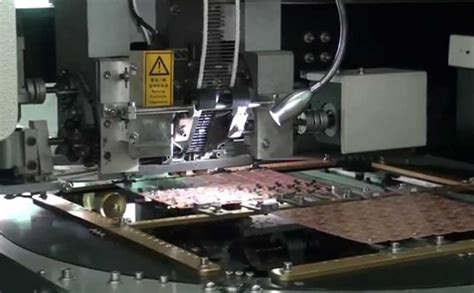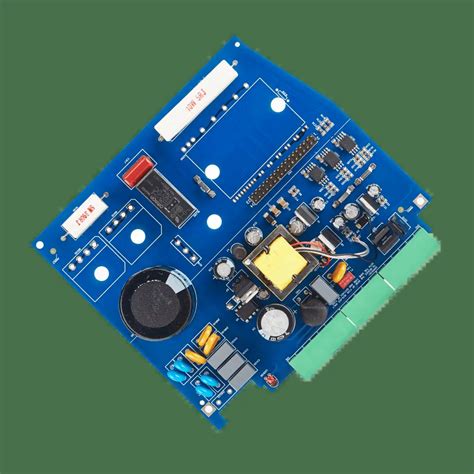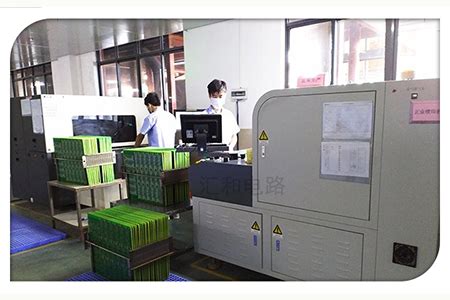Effective Techniques for PCB Fabrication and Design
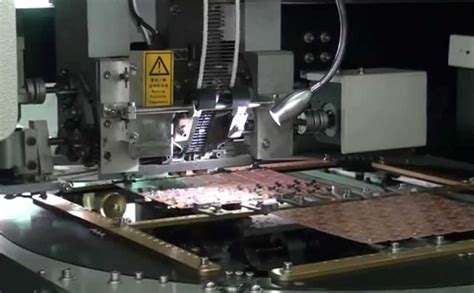
Key Takeaways
In the dynamic world of PCB manufacturing, understanding the nuances of effective fabrication board design is crucial. You should recognize that a well-implemented board layout can significantly lower your PCB manufacturing cost while enhancing overall product quality. By focusing on best practices, you can improve manufacturability and reliability, which are vital when collaborating with various PCB manufacturing companies. Additionally, being aware of common challenges in the industry, such as design complexities and compliance issues, will empower you to address these obstacles proactively. It’s beneficial to maintain strong communication with your chosen PCB manufacturing business to ensure alignment on specifications and expectations throughout the production process. By integrating innovative strategies in your approach to multi-board designs and functionality enhancements, you position yourself at the forefront of industry advancements, ultimately leading to a more efficient and cost-effective operation in PCB fabrication.
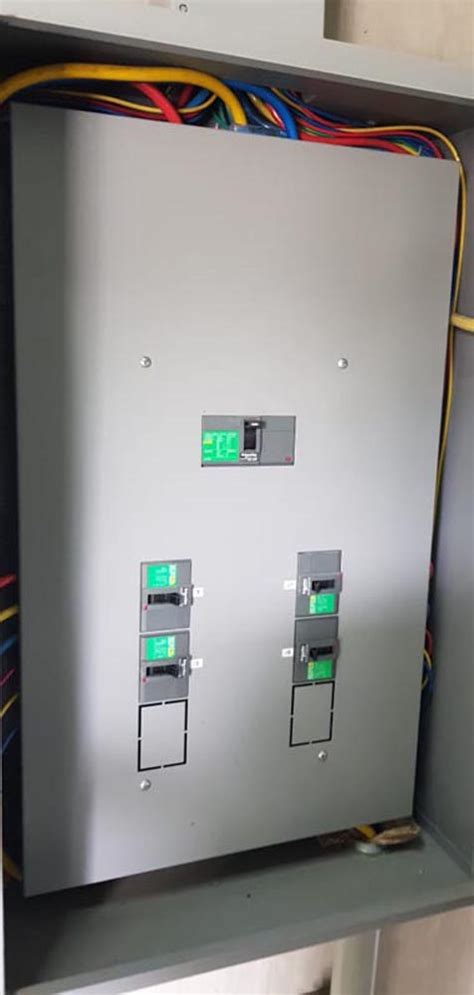
Introduction to PCB Fabrication and Design
When delving into PCB fabrication and design, it’s crucial to understand the essential elements that drive this intricate process. In today’s electronics-driven world, the efficiency of your pcb manufacturing processes can determine not only the quality of the final product but also your competitive edge in the market. Engaging with reputable pcb manufacturing companies can streamline your efforts, allowing you to focus on innovative designs while they handle the complexities of production.
Furthermore, one must consider the impact of pcb manufacturing cost on overall project budgeting. This cost is influenced by various factors including the complexity of your designs, materials used, and volume of production. Therefore, crafting a well-thought-out strategy for your pcb manufacturing business is vital for achieving optimal results. By incorporating effective techniques tailored to modern challenges, you not only enhance functionality but also position yourself for future growth in an ever-evolving technological landscape. Understanding these intricacies sets a solid foundation for successful PCB projects, ensuring you harness both efficiency and innovation in every design phase.

Understanding Multi-Board Design Strategies
In the realm of PCB manufacturing, a well-crafted approach to multi-board design can significantly enhance the overall functionality of your product. Incorporating multiple boards into a single project requires a thorough understanding of how these boards interact and integrate. As you embark on this design journey, consider the importance of component placement, which can influence not just performance but also the manufacturing cost.
Utilizing tools that allow for simultaneous visualization of all boards can streamline this process, providing clarity in how different elements cooperate within the system. This practice is vital among PCB manufacturing companies that aim to minimize time-to-market while ensuring that designs meet all necessary specifications.
One effective strategy involves implementing modular design principles, which often simplifies both the layout and production processes. This can lead to reductions in defects, making it easier for PCB manufacturing business to maintain quality control across multiple units. Here’s a simple table to illustrate key considerations when crafting your multi-board designs:
| Design Aspect | Considerations | Impact |
|---|---|---|
| Component Density | Optimize for thermal management | Reduces overheating risks |
| Interconnectivity | Ensure clear communication pathways | Enhances reliability |
| Testing Accessibility | Plan for easy access during testing and maintenance | Lowers long-term costs |
“A well-organized design is half the battle won in manufacturing.”
From the outset, prioritizing a clear layout with designated interconnects can mitigate potential challenges during fabrication. As you refine your approach to multi-board designs, think about these strategies as foundational steps towards achieving efficiency and compliance within the PCB manufacturing process. Finding the right balance between complexity and simplicity will ultimately lead to more successful product outcomes, making your multi-board project not just feasible but also efficient in all aspects of production. For further insights into effective PCB practices, consider visiting this resource.
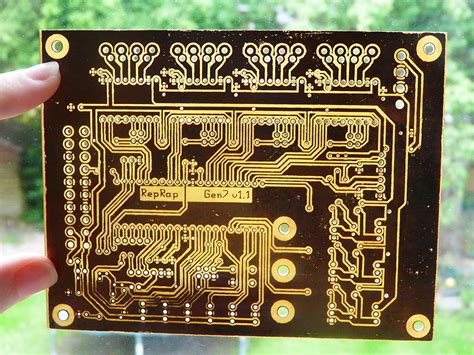
Key Compliance Regulations for PCB Production
In the realm of PCB manufacturing, understanding key compliance regulations is paramount for ensuring product quality and safety. These regulations can vary significantly depending on your target market. For instance, if you’re dealing with PCB manufacturing companies that export internationally, you must comply with not only domestic standards but also international requirements like ROHS and WEEE directives, which aim to reduce hazardous waste and improve recycling efforts. Additionally, it’s vital to consider local regulations that pertain to electronic products to avoid costly penalties and delays in the production process.
As you navigate the landscape of pcb manufacturing, it’s essential to stay updated on these compliance benchmarks. This can involve training your staff on relevant standards and incorporating quality assurance practices into your workflow. Not only does adhering to these regulations help build trust with customers, but it can also enhance the reputation of your pcb manufacturing business in a competitive market. Furthermore, understanding compliance can lead to reduced overall pcb manufacturing costs, as it minimizes the risk of rework or recalls.
In summary, embracing these regulations is not just a matter of legal obligation; it is a strategic initiative that can significantly impact the efficiency and success of your PCB production endeavors.Staying compliant ensures that you deliver a product that meets industry standards and customer expectations.
Best Practices for Effective Board Layout
When engaging in PCB manufacturing, creating a solid board layout is essential for ensuring optimal performance and functionality. To achieve this, it is important to prioritize signal integrity, power distribution, and thermal management. Begin by applying the principles of effective routing—keeping signal paths as short as possible can minimize interference and improve overall performance. Additionally, placing critical components in proximity to minimize the distance between them can reduce the effects of parasitic inductance and capacitance.
Moreover, leveraging PCB manufacturing companies that advocate for good design practices can help you navigate complex layouts more efficiently. Pay close attention to the layer stack-up; strategically using layers can assist in managing electromagnetic interference (EMI) and ensure signal quality. It is also beneficial to implement design rules checks (DRC) early in the process to catch potential errors before proceeding with PCB manufacturing cost calculations such as material types, copper thickness, and layer count.
Don’t overlook the importance of component placement—this not only impacts performance but also influences the assembly process later on. Placing components strategically around mounting points will facilitate better workflow during assembly while minimizing waste in terms of board space and material. Embrace best practices consistently throughout your PCB manufacturing business to foster innovation, enhance productivity, and streamline your overall design process.
Techniques to Enhance Functionality and Efficiency
When diving into the realm of PCB manufacturing, implementing insightful techniques can significantly boost both functionality and efficiency. One effective strategy is to focus on multi-board design, which allows for integrating several circuit boards into one coherent layout. This approach not only simplifies the overall design process but also enhances the performance of your devices by enabling better communication among the boards.
Additionally, considering cost-effective approaches during the early stages of design can greatly impact your PCB manufacturing costs. By collaborating closely with reputable PCB manufacturing companies, you can ensure that you are utilizing materials and processes that optimize both performance and budget. It’s essential to engage in ongoing reviews of your designs to identify areas for improvement; this process can include implementing advanced simulation tools that predict how changes will affect functionality.
Moreover, staying updated with key compliance regulations is crucial in enhancing efficiency while ensuring your products meet industry standards. By proactively integrating these regulations into your early design decisions, you streamline the production workflow, reducing delays and rework in your PCB manufacturing business. Ultimately, focusing on these innovative techniques not only refines the production process but also leads to more reliable and efficient PCB designs, yielding higher satisfaction for end-users.
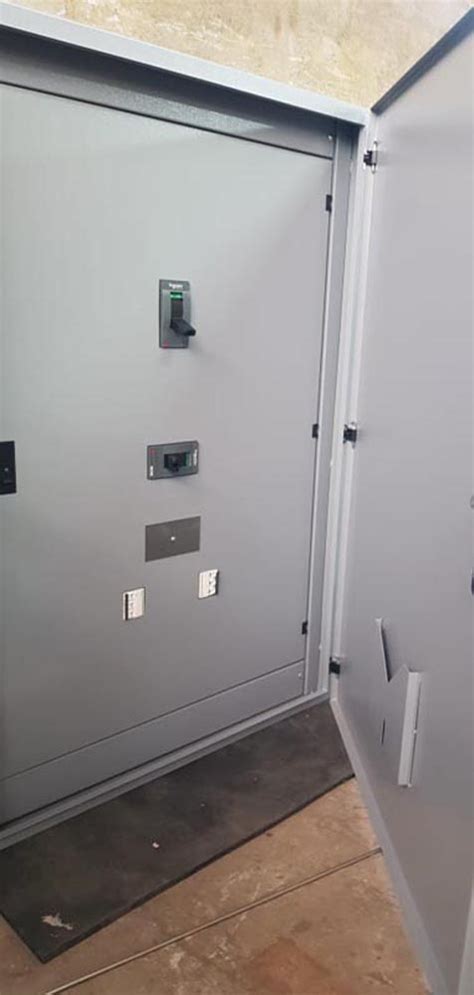
Cost-Effective Approaches in PCB Design
When engaging in PCB manufacturing, cost efficiency is paramount. You may find that optimizing your design process can significantly reduce overall pcb manufacturing costs. One effective method to achieve this is by using advanced design software that allows for real-time simulations and adjustments, minimizing errors that may lead to costly revisions later on. Additionally, collaborating with reputable pcb manufacturing companies can provide access to bulk production discounts and innovative techniques that streamline the fabrication process.
Another aspect to consider is the selection of materials. Choosing the right substrate and components can drastically affect both performance and expenditure. By opting for commonly used materials that meet your project specifications without exceeding budget constraints, you ensure both reliability and affordability in your pcb manufacturing business.
It’s also beneficial to explore flexible designs that accommodate future revisions. A forward-thinking approach allows you to adapt quickly without the need for extensive redesigns, ultimately saving time and money in the long run. By balancing innovation with practicality, you can position yourself effectively within the competitive landscape of PCB design and fabrication, ensuring your projects remain both high-quality and cost-effective.
Common Challenges in PCB Fabrication and Their Solutions
In the realm of PCB manufacturing, several challenges can arise, each impacting the overall production timeline and cost. One common issue faced by PCB manufacturing companies is achieving a balance between design complexity and production feasibility. When you create intricate designs, you may encounter difficulties during the PCB manufacturing process, which can lead to increased timeframes and subsequent rises in PCB manufacturing cost. To address this challenge, consider employing simulation tools early in the design phase to anticipate potential issues before physical prototypes are made.
Another challenge pertains to ensuring compliance with industry standards. As regulations evolve, staying informed becomes crucial. You can mitigate potential non-compliance penalties by thoroughly researching and integrating relevant standards into your design processes from the outset. This proactive approach not only saves time but also reinforces the viability of your pcb manufacturing business.
Lastly, supply chain disruptions can also pose significant threats to timely PCB delivery. To combat this, consider diversifying your supplier base or implementing just-in-time inventory strategies. By fostering robust relationships with multiple suppliers, you can increase resilience against unforeseen delays, ensuring that your PCB fabrication efforts remain efficient and cost-effective. This comprehensive approach to overcoming challenges will lead not only to greater productivity but also to heightened success in your overall PCB projects.
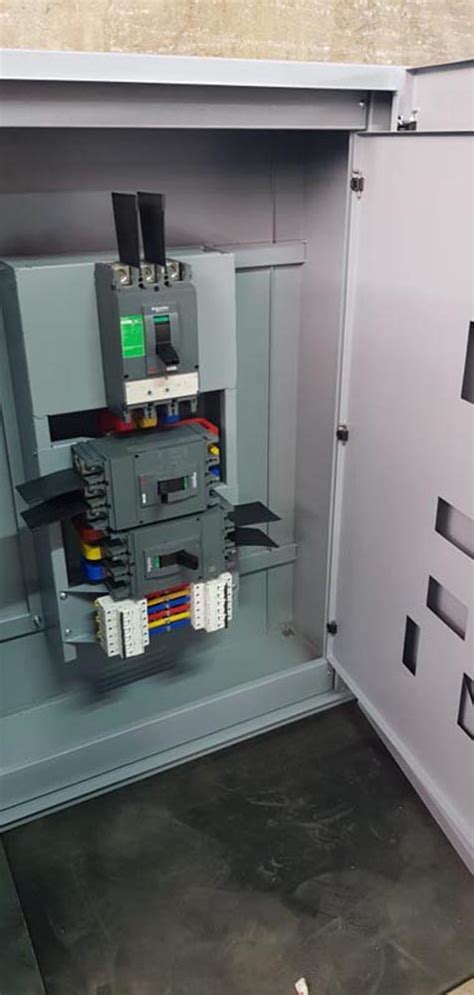
Future Trends in PCB Technology and Design
As you navigate the evolving landscape of PCB manufacturing, several key trends are shaping the future of design and production. One significant advancement is the integration of smart technologies in design processes, making it crucial for you to adapt to new tools that enhance precision and efficiency. The rise of automation in pcb manufacturing not only streamlines operations but also reduces the potential for human error. Additionally, advancements in materials science are leading to the development of lightweight and flexible substrates, which opens new avenues for motherboard placement and functionality.
Moreover, as environmental concerns grow, it is essential to consider sustainable practices in your pcb manufacturing business. Companies are increasingly looking for ways to minimize waste during production while ensuring compliance with regulatory standards. By focusing on environmentally friendly designs and materials, you can contribute to a more sustainable future while also potentially lowering your pcb manufacturing cost. Another trend is the shift towards more compact designs without sacrificing performance, underscoring the importance of innovative multi-board design strategies that maximize space efficiency.
Finally, as connectivity demands surge with the Internet of Things (IoT) revolution, ensuring that your designs can accommodate increased functionality while maintaining efficiency will be paramount. Embracing these trends will not only position your business at the forefront of innovation but also enhance your competitive edge within a rapidly changing marketplace.
Conclusion
In your journey through the world of PCB fabrication and design, you have uncovered various techniques that significantly contribute to the efficiency and functionality of your projects. By focusing on pcb manufacturing, understanding the intricacies of multi-board design, and staying informed about key compliance regulations, you position yourself advantageously in an ever-evolving industry. As you strategize your approach to pcb manufacturing companies, it is essential to bear in mind not just the pcb manufacturing cost, but also the potential impact on your overall project timelines and quality outcomes. Efficient planning and implementation of best practices will ultimately reflect in the success of your pcb manufacturing business. As you refine your skills and knowledge, embracing these essential techniques will allow you to navigate common challenges effectively, paving the way for innovative solutions and future trends in PCB technology that align with your goals.
FAQs
What is involved in the PCB manufacturing process?
The pcb manufacturing process encompasses several stages, including design, prototyping, and production. Initially, you create a schematic and layout your design using specialized software. Next, you send the files to pcb manufacturing companies, where they follow through with etching, drilling, and surface finishing to produce functional printed circuit boards.
How can I estimate the PCB manufacturing cost?
Estimating the pcb manufacturing cost involves analyzing various factors such as materials used, board size, layer count, and production volume. For instance, a complex multi-layer board might incur higher costs compared to simpler designs. Always consider reaching out to multiple companies for quotes to ensure you receive competitive pricing.
What are common issues faced by PCB manufacturing businesses?
Common challenges in the pcb manufacturing business include maintaining quality control and adhering to regulatory standards. Misalignment during assembly or improper materials can lead to failures. Implementing rigorous testing protocols can help address these issues effectively.
Are there any industry standards that PCB manufacturers must meet?
Yes, there are several compliance regulations that pcb manufacturing companies must adhere to, such as IPC-A-610 for assembly acceptance and RoHS for environmental compliance. Understanding these standards is crucial for both manufacturers and designers to ensure quality and sustainability in their products.

